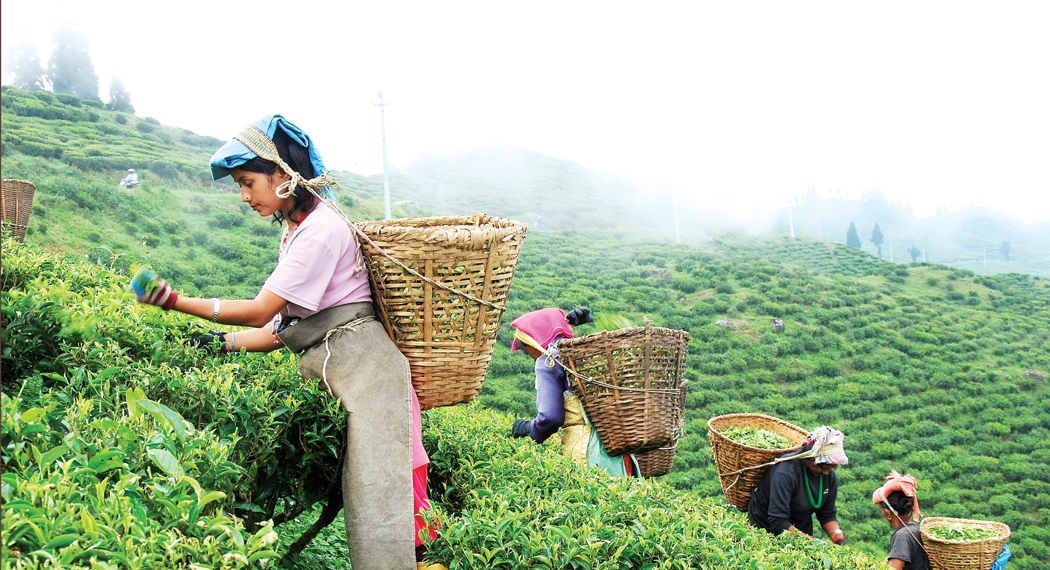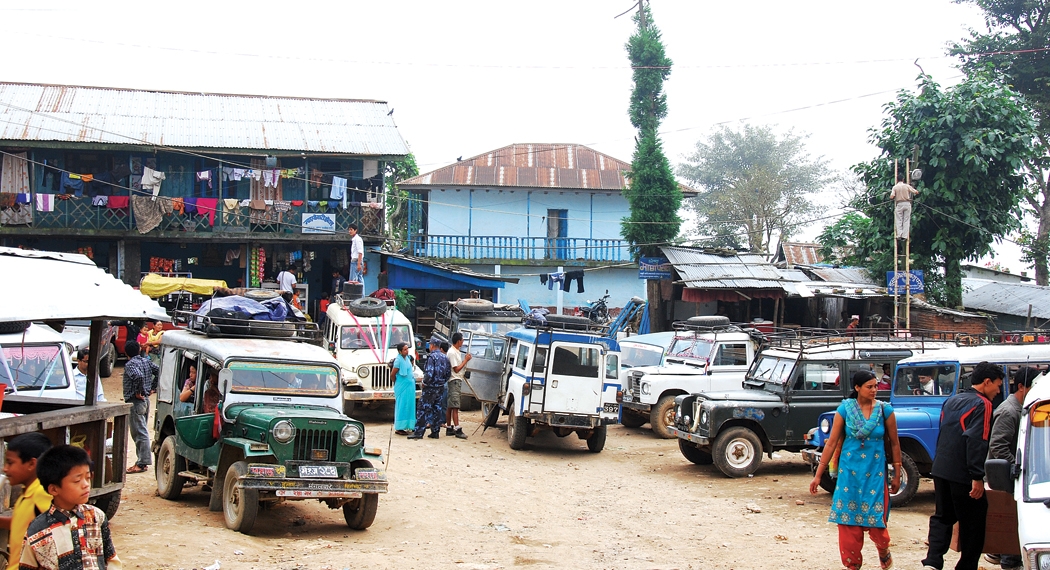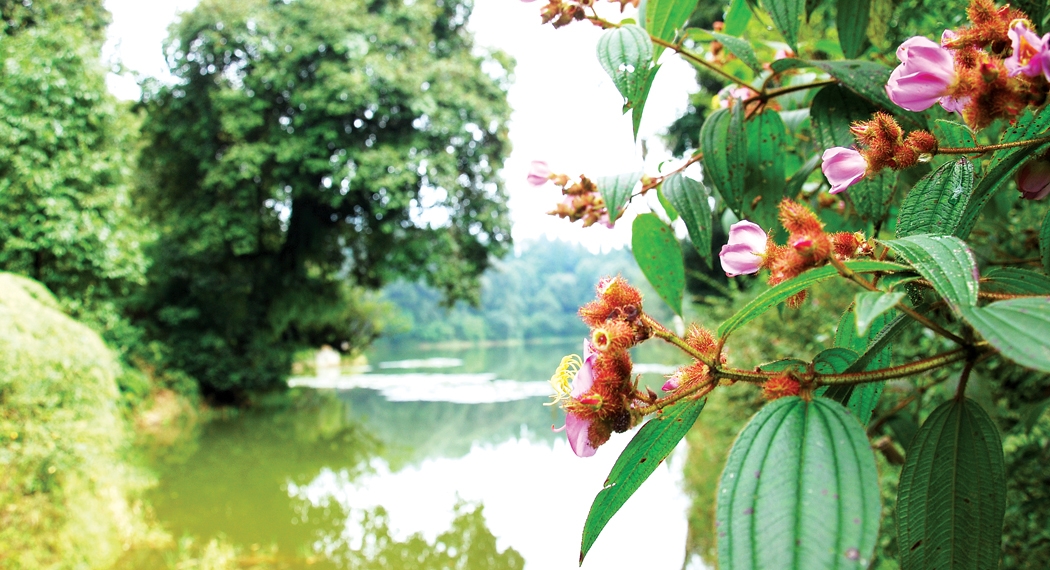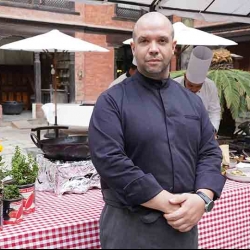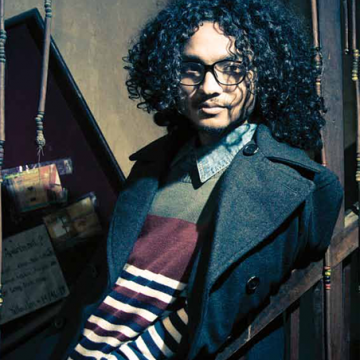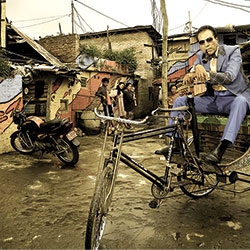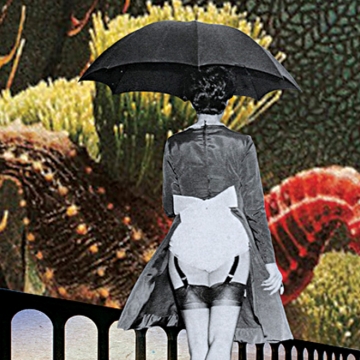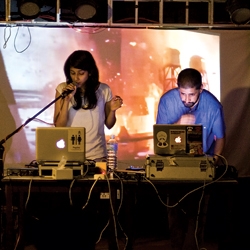Ilam was one place I’d always wanted to visit and had been making plans for a long, long time. Finally, while some people were going through the rituals that mark the beginning of Dashain with Ghatasthapana, I was on my way to this town in far eastern Nepal last year. The 45 minute flight to Bhadrapur or Chandragiri Airport rather, shortens the journey to Ilam considerably but it doesn’t come cheap during Dashain; the one way airfare cost Rs. 7,600.
After a two hour ride on a reserved Maruti van, I reach Phikal where the road to Pashupatinagar goes north while the road to Ilam Bazaar heads toward the west. Here, I restlessly wait for any form of local transport to arrive, but give up after half an hour as nothing shows up. So I reserve the same Maruti van again to take me there which depletes my wallet by Rs. 2000 while on a local transport I would have paid a lowly sum of Rs. 200. But reaching any destination after sundown doesn’t make too much sense. The ride takes us all the way down to Mai Khola and all the way up again to reach the town in one and a half hours. By 5:30 pm I find myself exploring the town and taking pictures in the mist. The town has nothing of great interest except for a statue of Bhanu Bhakta above the football ground. An interesting discovery I make is the fact that these days, the Kalimpong style lollipops are being produced here in Ilam. They’re quite fun to eat.
One thing you get for free in Ilam is wrong information, so beware! However, there’s an information center in town, I am told. My driver insists that the best hotels are near the bus park but I just ignore him. Staying by the bus park means noise in the form of cars revving up and horns blowing constantly. So I follow the instructions of another driver I had met at Chandragiri Airport and go in the opposite direction of the local hospital. I find Green View Guest House at the end of the road right beside the tea plantation. The hotel is clean, well-lit and spacious and the shower is gas heated. As soon as I’ve finished bargaining and moved to a bigger, brighter, more expensive room, I lock the door and head for town. I get the room for Rs. 800/night as I book it for two nights.
Ilam Bazaar seems quite well stocked up with everything one might need and there are cyber cafes too. And along the road there are countless hotels and restaurants. Businesses seem to be flourishing here and a construction boom seems to be on. Even Green View is coming up with a multi-storey building nearby. The day soon comes to an end as the sun slips silently behind the distant hills. It is time to check out the local culinary standards.
The only place that looks big and modern is Sarangi Restaurant & Bar. It’s a hall actually, as in its previous incarnation it used to be what is known as a Video Hall, screening movies. I am told this place comes alive every Friday night when a ghazal band provides much needed entertainment. Sadly, there doesn’t seem to be much else in the form of entertainment in Ilam. The only dish in the menu I think I can trust looks like Chicken Chowmein although they serve a wide variety, and that’s what I order.
When it comes, I’m quite impressed; there’s very little oil and looks fresh and pleases my taste buds too. So my mind is made up; this is where I’m going to eat my meals. I notice a big TV high up on the wall and I ask the waiter, “Do you watch football?” “No!” comes the disappointing reply, so I’m resigned to the fact that I’ll have to watch the game on the small screen in the hotel room. After a satisfying meal, I’m back in my room, the TV screen is a sickening pink, but that will have to do as I watch Arsenal take on a lowly team.
On day 2, I walk around Ilam Tea Estate and discover the viewing tower with tinted glass but yet to open to the public. The next discovery is the Chiyabari Cottage Ilam which is a resort in the middle of the plantation and a fine place to stay or just eat breakfast. I then head for Mai Pokhari, a pilgrimage site. Now I’ve been reassured by everyone that I can get a ride back and that I should first take a local transport up to Bibblatay. So I do and when I’m sitting in the jeep, the lady opposite me says, “You could have got one to Mai Pokhari from here.” Another one says you can’t. So I just ignore her and wait for the driver to get started. After a short ride worth Rs. 20, I reach Bibblatay and ask around where the Land Rovers to Mai Pokhari will be parked. “Right here,” says a shopkeeper and I wait. There are a few Land Rovers but they aren’t going to Mai Pokhari.
After some time, a driver tells me, “Come with me, the other vehicles won’t be here for some time.” An hour passes by before he’s ready to leave. But there are no seats available and I along with a few others have to sit in the back on top of flour sacks or stand. These are load carrying vehicles which also take passengers. To make a long story short, I take his advice and after an hour and a half-long bumpy ride on a rocky, steep road, I am dropped off outside Mai Pokhari at 3:00 pm. “So when do you return?” I ask. “Tomorrow!” comes the disturbing reply.
“What about the other vehicles?”
“They’ll all go down tomorrow morning.”
“Ok, you got a nice hike waiting for you,” I tell myself.
It’s a good thing I walk all the time, because I’m not worried by the prospect of having to walk back. The only problem is that it’s drizzling. One good lesson I learn during the ride is that the flour inside the sack takes the shape of your bottom and it’s quite comfortable actually.
In the misty haze, Mai Pokhari looks haunting and there’s a shrine dedicated to a Devi but a sign telling me it is out of bounds for normal folks like us. This makes it more mystical and eerie. Lotus plants cover a large part of the lake and around it are juniper, pine and birch trees. With not a soul in sight and the thought of hiking all the way to Bibblatay in the back of my mind, I take a hasty walk around.
The recent reports in the national dailies said the water here is receding rapidly. Thankfully, the abnormally heavy rainfall has helped the lake fill up, but a section on the side remains dry. There is an abundance of walkways and perhaps on a sunny day it is fun. Just outside the pokhari are some guest houses where I enjoy a plate of vegetable momos and a very large cup of coffee. “Why don’t you stay here tonight?” asks the man of the house, but I decline, having already paid most of the hotel rent in advance back in Ilam. I’m glad to make it back to Bibblatay in an hour and forty minutes, thanks in large part to Ram Krishna Subedi whom I met on the way down. The old man not only brought me up to date with the situation at Mai Pokhari but also showed me the short cuts. He remarked,” Mai Pokhari had dried up so much that it had begun to look like a rice field.” That gives us a clear picture of the plight of the lake.
Back in misty Ilam, I want to try out the sekuwa place called Regmi’s Hotel, but their menu seems limited and there’s just cheura to go with the meat dishes. I back out and head for the chyang joint I had seen on the way to my hotel the previous day. The first sip is a shock as I discover the water is cold. So I ask the man his name and figure out why things were going wrong; he is a Chhetri. In fact, after asking for hot water, I down a few liters of the stuff, but the drink has little effect on my sobriety. Disappointed, I head for Sarangi, my refuge in the wilderness. This time one of the young owners, Prabin Moktan is around and after a short chat he laments, “I don’t know what to do now; there’s so little business as you can see.” Once again I’m the only customer besides his own friends. After my meal he asks, “Where will you go now,” knowing there’s nothing much to do in the evenings in Ilam. “Back to my room to watch football,” I tell him. “Oh yes, there’s football tonight,” he responds and immediately switches to ESPN. That made my day because now I could watch on a large flat screen with very sharp images. So all’s well that ends well.
After saying goodbye to the sauji I head off to the hotel and spend the rest of the evening updating my Facebook account as the hotel has wifi that works very well unlike the municipality’s wifi which is available all over Ilam Bazaar and even around the tea garden. Amazingly, there is absolute silence during the night; not a dog barking nor the sound of vehicles. The next morning I wake up to find the sun shining bright. I take a quick walk around and shoot hasty pictures before catching the Mahindra out of town.

